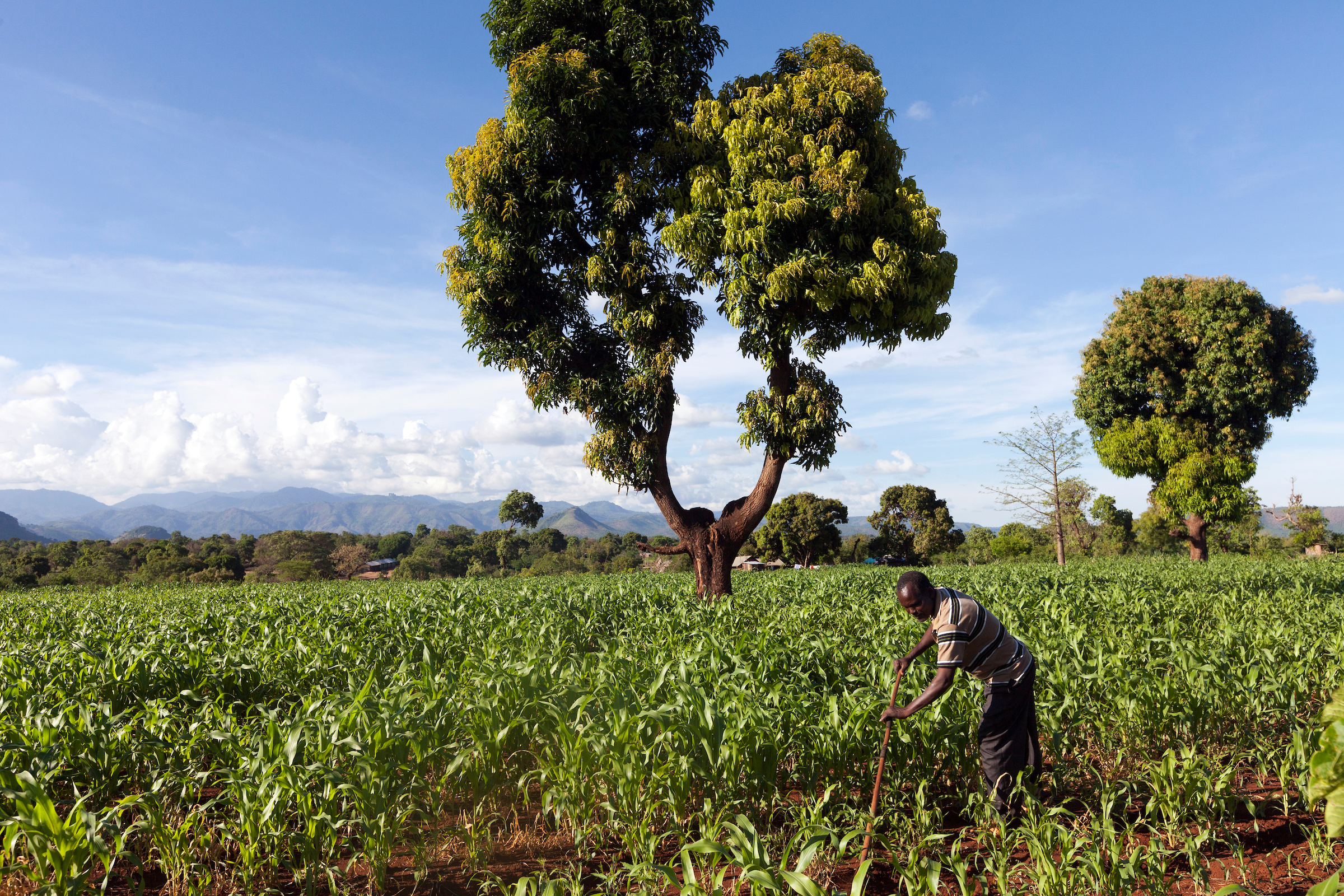
Impact investing is in the spotlight these days, primarily via a political backlash against environmental, social, and governance (ESG) investing criteria. Yet impact investing is also more popular-and more effective at generating both impact and returns-than ever.
Last month, a colleague and I represented Root Capital at prominent impact investing conferences (the Global Impacting Investing Network Investor Forum and SOCAP22). It was wonderful, especially after two years of virtual events, to join thousands of investment leaders and dive into conversations about measurable social and environmental progress.
With considerable global challenges ahead, I’m reflecting on these conversations and what they mean for how we can shift capital toward the most innovative, effective solutions.
1. Sharing knowledge is crucial as impact investing becomes more mainstream.
More and more people are recognizing impact investing as a smart approach to finance. At both conferences, sessions were overflowing, and attendees came from many different sectors and backgrounds. This is great news! However, there is still polarization within the impact investing discourse-some people’s frame of reference is driven primarily by financial returns and ways of operating that aren’t quite “fit for purpose” when it comes to impact. Others see only the impact side, and aren’t focused enough on harnessing the prevailing financial system paradigms that could drive the impact journey. Both of these approaches are important, and at the end of the day, we need a variety of actors inspired to get more money out the door, whatever their reason. But the future of the sector requires more people who can think in a hybrid way-where the two frames of reference are truly integrated and mutually reinforcing.
For 20+ years, Root Capital has been at the forefront of aggregating blended capital to support underserved agricultural enterprises. We therefore have an abundance of both impact and financial evidence that we use to inform our own investment decisions. As impact investing becomes more mainstream, this evidence has broad lessons and applicability even beyond the agricultural sector. As practitioners, we must share our experiences, to help move us all from well-intentioned dialogue to applied examples that can be replicated, refined, and scaled.
2. Climate is front and center-as it should be.
Given the scale and urgency of the climate crisis, it’s no wonder that it was the major theme in almost every room at the GIIN Forum and SOCAP22. The huge task in front of us is to think dynamically about what mechanisms can meaningfully channel climate finance to the most vulnerable communities and sectors. Fortunately, agriculture is also getting more and more attention as a catalyst for climate action. This makes sense, given that agriculture is one of the original sectors where impact investing was able to get traction and demonstrate effectiveness. It’s crucial that we continue to learn from what’s worked and what hasn’t in the agricultural sector, and discover ways to replicate successes in other areas impacted by climate change (which is to say: everything).

3. We need to keep breaking down silos.
While the growth of impact investing-and diversity of investors-is welcome and necessary, the sector still suffers from too many silos. Even event conversations and panels are often assigned to one track: climate OR gender, capital OR impact measurement. In reality, these “tracks” all intersect; we must think and talk about how they are interconnected. None of the areas or agendas which motivate impact investors exist in a vacuum, and ignoring this reality makes for blinkered decisions. For example, one well-meaning investor’s enthusiasm for expanding a coffee business to enable economic and social benefits for the farmers might be the worst possible scenario for another well-meaning investor who is passionate about maintaining biodiversity and preventing deforestation.
Only by breaking the silos of thematic “impact” targets can we really ensure that impact investing is seriously engaging with potential negative externalities and adopting a more holistic “do no harm” perspective. And, of course, silos mean we aren’t maximizing the potential of positive externalities. At Root Capital, for example, we take an intersectional approach that integrates credit and capacity building and allows us to work with our clients to pilot approaches to business sustainability that also leverage climate resilience, gender, and next-generation talent development.
4. Practical, actionable insights are needed more than ever.
As impact investing has grown from theory to popular practice, there is greater need for practical examples grounded in data, analysis, and real-world experiences. Whether successful or not, these case studies offer lessons. Importantly, we also need to make clear how individual efforts (i.e., those presented in panel sessions) ladder up into larger themes and actionable insights. For example, this year marks 10 years of Root Capital’s Women in Agriculture Initiative, which has pioneered new ways of investing in rural women via gender-inclusive and women-led agricultural enterprises. Next week, we’re excited to share the results of an in-depth data analysis that offers quantifiable evidence that investing in women in agriculture is good for women, communities, and investors. Stay tuned for that!

